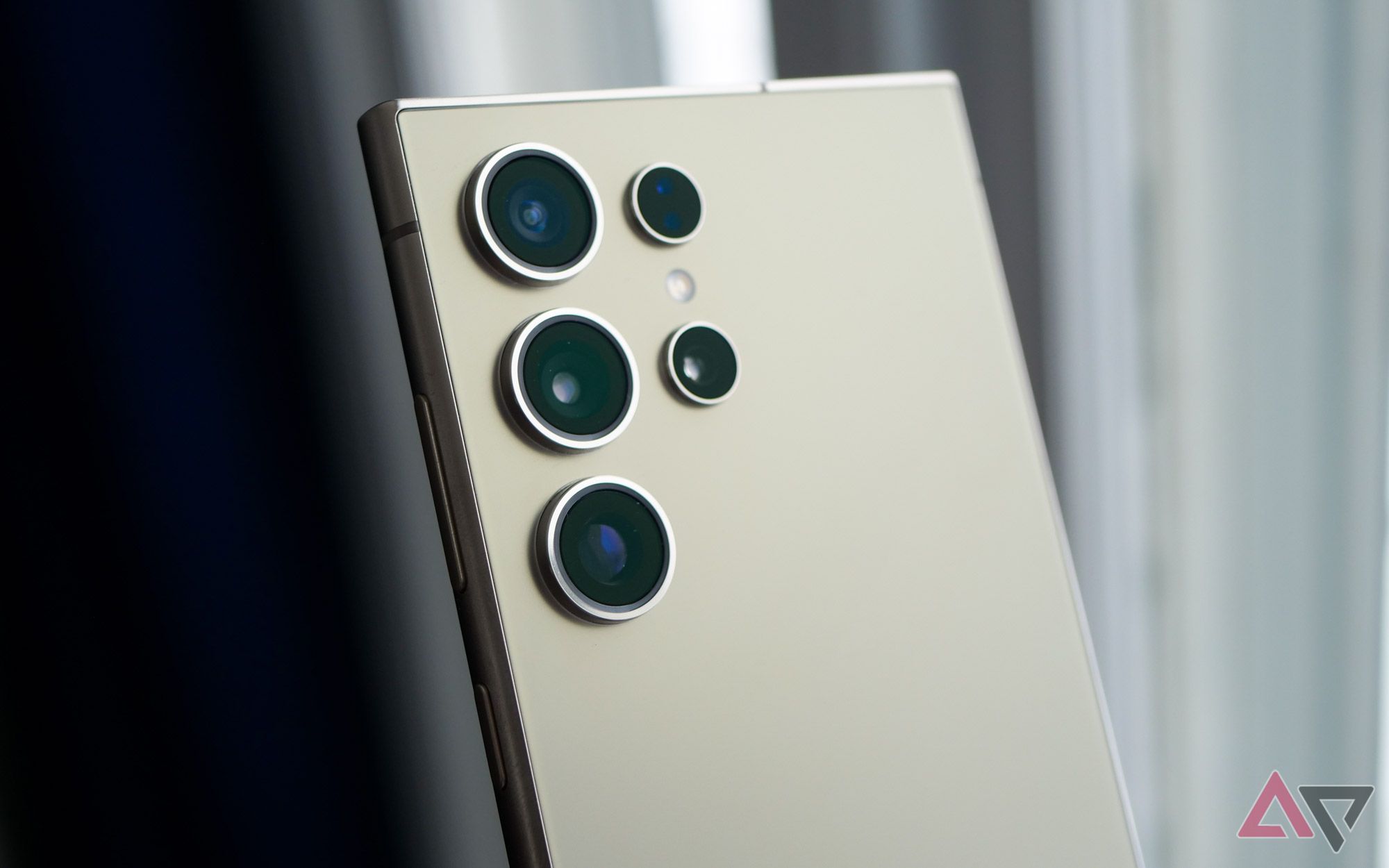Summary
- Samsung is making strides to reduce its carbon footprint by incorporating recycled materials in its products like the Galaxy S24 series.
- The company aims to use 110 metric tons of recycled aluminum by 2024 and 100 metric tons of recycled plastics by 2025.
- While Samsung has made progress in sustainable practices, questions remain about e-waste and how it can further reduce its environmental impact.
Earth Day has become an annual tradition that is celebrated in many different ways. In some instances, people choose to give back to the planet by planting seeds, flowers, or trees. Others choose to participate in activities, such as composting or recycling. When it comes to Big Tech, however, there is arguably more pressure to offset the impact of business practices that cause environmental harm. In light of Earth Day 2024, Samsung is now sharing insight into how it is doing its part to reduce its carbon footprint.

Should you care if your phone is made of titanium?
What perceivable benefit is there when using expensive titanium instead of cheaper aluminum?
For years, Samsung says it has been making an effort to upcycle through the integration of recycled materials into its products. With the release of its Galaxy S24 series, the company was able to make use of recycled aluminum, glass, and plastics both inside and outside of the devices. Now, Samsung says that the S24 series has the potential to leverage about 110 metric tons of recycled aluminum by the end of 2024. Additionally, the company has a goal of using 100 metric tons of recycled plastics before 2025, which is equal to nearly 10 million empty plastic bottles.
How Samsung is going green
Although this data is being shared in recognition of Earth Day, Samsung has been putting forth such efforts as an ongoing part of its manufacturing process. For example, the company made use of recycled, discarded fishing nets in 2022 to create components for its Galaxy S22 series. Samsung has also collaborated with the United Nations Development Programme in the past to bolster its sustainable practices.
While Samsung has been transparent about the number of business decisions it has made to be as environmentally friendly as possible, there is still reason to question its e-waste. For instance, many consumers noticed a lack of backward compatibility with the release of the Galaxy Tab S9 in 2023, specifically pertaining to its accessories. As the company keeps the environment in mind during its manufacturing processes, it may be worth exploring how it could reduce its carbon footprint in additional ways — especially when add-on accessories are contributing to the problem.
Source link


